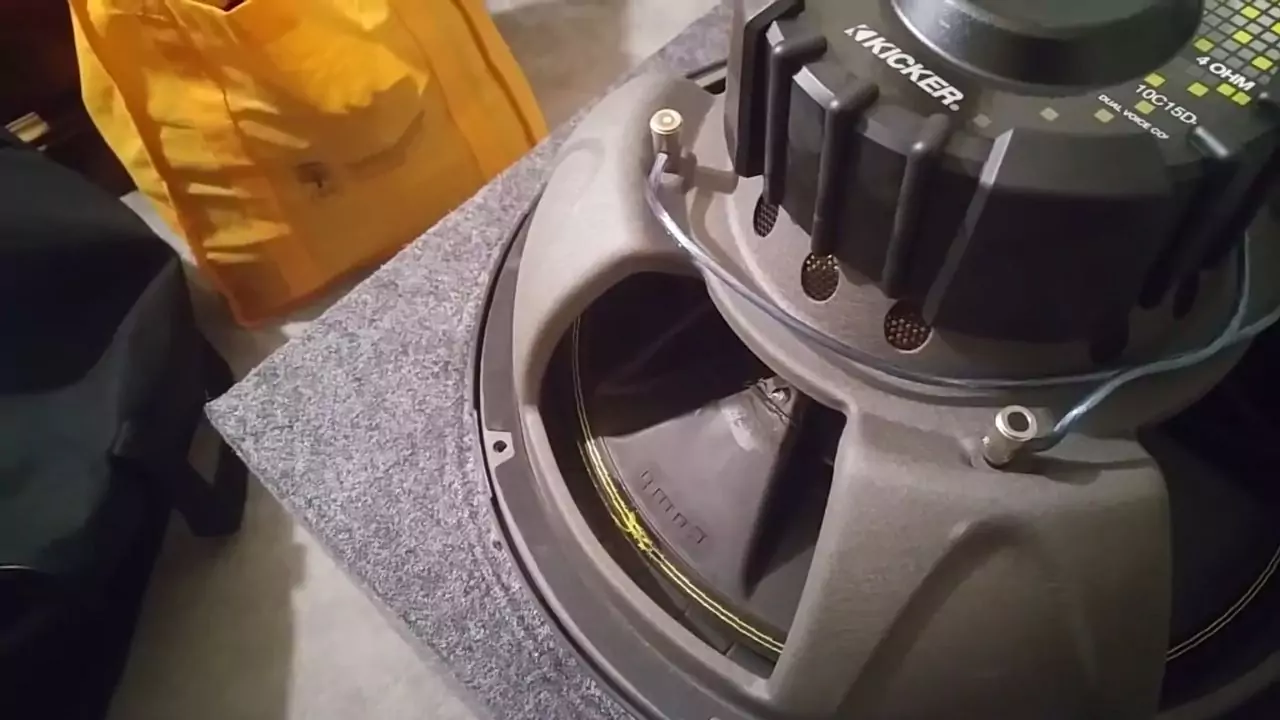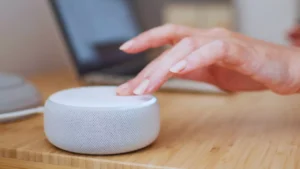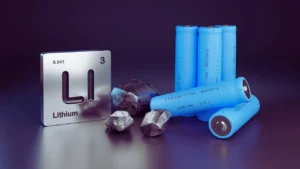A subwoofer is a speaker that makes low-frequency sounds like drums and bass. It can improve the way you listen to songs or watch movies by making them more immersive. But if your subwoofer has a hole in it, it can change how well your speaker works and how good the sound is. A hole in your speaker can be fixed by you yourself with a few easy steps and tools. We’ll show you how to look at the damage, fix the hole, test the fix, and stop tears from happening again in this piece.
In This Article:
Assessing the Damage
Before you start repairing the hole in your subwoofer, you need to identify the type of damage and gather the necessary tools. There are two main types of damage that can occur in a subwoofer: punctures and tears. A puncture is a small hole that goes through the cone or the surround of the speaker. A tear is a larger hole that splits the cone or the surround. The cone is the circular part of the speaker that moves back and forth to produce sound. The surround is the flexible ring that connects the cone to the frame of the speaker.
To fix a puncture, you will need the following tools:
- A sharp knife or scissors
- A piece of paper or cloth
- A strong adhesive, such as super glue or epoxy
- A toothpick or a small brush
To fix a tear, you will need the following tools:
- A sharp knife or scissors
- A piece of rubber or foam
- A strong adhesive, such as super glue or epoxy
- A toothpick or a small brush
- A clamp or tape
Repairing the Hole
Cleaning the Area
Once you have identified the type of damage and gathered the tools, you can start repairing the hole in your subwoofer. The first step is to clean the area around the hole and remove any dust or debris. This will help the adhesive to stick better and create a stronger bond. You can use a damp cloth or a vacuum cleaner to clean the area.
Choosing the Right Adhesive
The next step is to choose the right adhesive for your repair. You want to use an adhesive that is strong, flexible, and resistant to heat and moisture. Super glue and epoxy are good options for repairing subwoofers, as they can bond different materials and withstand high temperatures and humidity. However, you should avoid using hot glue, as it can melt and damage your speaker.
Applying the Adhesive or Patch
The third step is to apply the adhesive or patch to the hole. For a puncture, you need to cut a small piece of paper or cloth that is slightly larger than the hole. Then, you need to apply some adhesive to one side of the piece and stick it over the hole. You can use a toothpick or a small brush to spread the adhesive evenly and press the piece firmly. Make sure the piece covers the entire hole and does not overlap with the cone or the surround.
For a tear, you need to cut a piece of rubber or foam that is slightly larger than the hole. Then, you need to apply some adhesive to both sides of the piece and stick it over the hole. You can use a toothpick or a small brush to spread the adhesive evenly and press the piece firmly. Make sure the piece covers the entire hole and does not overlap with the cone or the surround. You also need to clamp or tape the piece to the speaker to hold it in place while the adhesive dries.
Drying Time
The final step is to let the adhesive dry completely. This can take from a few minutes to a few hours, depending on the type and amount of adhesive you use. You should follow the instructions on the adhesive package and wait until the adhesive is fully cured before moving on to the next step.
Testing the Repair
After the adhesive has dried, you can test the repair and see if it works. You can do this by connecting your subwoofer to your audio system and playing some music or sounds. You should listen carefully and check the sound quality and stability of your speaker. If the repair was successful, you should hear a clear and balanced sound from your subwoofer. If the repair was unsuccessful, you might hear a distorted, muffled, or rattling sound from your speaker. This means that the hole is still affecting the sound or that the adhesive has come off.
If the repair was unsuccessful, you might need to repeat the process or try a different method. You can also consult a professional or replace your subwoofer if the damage is too severe or beyond repair.
Precautions and Tips
To prevent future tears or punctures in your subwoofer, you should take some precautions and follow some tips. Here are some of them:
- Avoid placing your subwoofer near sharp or heavy objects that can damage it.
- Avoid exposing your subwoofer to extreme temperatures or humidity that can weaken the materials.
- Avoid placing your subwoofer at very high volumes or frequencies that can stress the cone or the surround.
- Clean your subwoofer regularly and remove any dust or dirt that can accumulate on it.
- Use a protective cover or case for your subwoofer when not in use or when transporting it.





